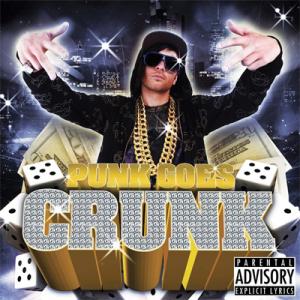Digital musician
Digitalmusician.net is a website that allows musicians from around the world to connect to work on projects. The website allows a peer-to-peer connection between up to 3 users, such that computers can directly connect to each other for live recording of songs. While many of the songs are original works, many users also seek out musicians from around the world to help create covers.
In B flat
InBflat.net is a website that embeds YouTube videos from different contributors in the key of B flat. The website designers synchronized the playback feature such that regardless of what order or at what time the videos are played, they come together to form a soothing melody. Viewers can play around with different combinations to create completely different songs.
YouTube: Tyler Ward
Of course, discussion of musical collaboration via Web 2.0 would not be complete without addressing YouTube. Musicians from around the world post covers of songs and comment on the works of others. In this way, networks of musicians can be formed, and if the parties are interested, online collaboration can allow for incredible covers. Some musicians meet on the Internet but record songs in person. Others, though, simply upload the various components of a cover song and allow the piece to come together, one instrument at a time, from across the globe.
Tyler Ward, hailing from Denver, Colorado uploads many covers by himself or with fellow musicians in proximity. However, as his online fan base has grown, so has his utilization of the Internet to collaborate on covers.
Cobus Potgieter of South Africa adds his incredible percussive abilities to remake Flo Rida's Club Can't Handle Me:
Drew Dawson of Illinois incorporates her impressive vocals in the collaborative rendition of Cee Lo Green's Forget You:
This cover was taken a step further as Keith Reber added in a backing drum track:
Tyler Ward is by no means the only musician utilizing such affordances of the Internet. YouTube and other such sites are full of musicians finding others who are geographically distant but share similar musical tastes and talent and want to work together using the Internet to create covers. As musicians grow more accustomed to the affordances of the Internet, and as technology improves, such collaborative works will likely play a prominent role in covers and the music industry in general.







